Banat artist Renée Renard tells stories in her exhibitions, visualizing intersections of past and present. Her projects have been shown in exhibitions in Romania (Timișoara, Sibiu, Arad, Brasov) and at international events (Rignac in France, Evora in Portugal, Madrid and the Canary Islands in Spain, Klaipeda in Lithuania, Lousã and Candal in Portugal, Denton in Texas/USA, Thessaloniki in Greece, Reindorf in Vienna/Austria). After her graduation at art college in Timisoara she changed to Veterinary Medicine and became a vet doctor. Although she loved her work as a vet, she reached a junction where she questioned her previous life and thought about her future. It turned out that the love to art hasn’t left her therefore she turned back to her first profession and started to research not only her life, even more the history of her ancestors and how their destinies were influenced by historical and political changes.Her approach is very scientific, so her two sides, art and science, are equally important in her work and form a symbiosis. The research, the materials used and the techniques employed are precisely harmonized by Renard. Her installations are a mixture of exhibitions and laboratory visits. She lends the scientific objects an artistic beauty that attracts the curiosity of the viewer. As with Geta Bratescu, her career deserves a differentiated reception in the context of global contemporary art history. The endeavor of both artists to gain a panoramic view of contemporary art, which includes a reinterpretation of the canon and revises old narratives, flows into their works. Like Bratescu, Renard is authorized to combine practical approaches with inner, intimate zones and to create an art space. By incorporating texts, maps and historical artefacts, she creates a space for history and thoughts that are translated visible by artistic means.
The exhibition “Opposite Perspectives – One Future“ looks from today to yesterday through Cristina Renard’s luminous urban watercolors and into the future through Cristina Nagy’s animated films – Renèe Renard and Ciprian Chirileanu are anchored in the present, growing mycelium-like in both directions. The exhibition also aimed to raise awareness about common problems like global warming, economic problems, war, environmental pressures on the example of their city Timisoara. Timisoara stands as a microcosm in which the attempt to solve the big problems can be tried out on a small scale. Cristina Nagy’s films offer a glimpse of where the city can develop, both positively and negatively. Utopias reminiscent of films such as The 5th element by Luc Besson, but also visions from Mad Max by George Miller are presented to the viewer to choose from. The exhibition evokes that we still have the choice to determine the future direction.
In contrast to this are the light and bright watercolors by Cristina Renard (1938-2023), Renée Renard’s mother. She had started studying in the late 50ies at the Art University in Cluj but was expelled in her second year of studies because the social background of her family did not meet the requirements of the communist regime. Her series of works Strolling through Timișoara represents a true capsule of the city’s emotional memory. Looking at the watercolor paintings feels like strolling around through old Timisoara, recognizing some changes as well as buildings still there, mostly glooming in bright colors like on the paintings, because the big renovation period is already done and the houses of different centuries are in a brilliant shape. Cristina Renard’s dry watercolor technique is very intense in color, they are characterized by an enamored look at detail.
Renée Renard’s September, in the Morning is a new part of her installation series Memory Laboratories, initiated by her in 2017. It is a research investigation of the imprint left by human and time on an urban space. For this show Renée Renard uses fragments of bricks and objets trouvés found in September 2024 by walking the family dog in the neighborhood. Those discarded objects of local memory are superimposed with a layer of oblivion, a reaction of precipitation process with borax, like a thin layer of snow or ice that preserves the past as well as the present is covering the objects.
Ciprian Chirileanu´s 5 Symbols are referring to the successfully implemented bicycle project in Timisoara, which made the city the 2nd important bike cities of the whole country. The installation presents 5 repurposed bicycle wheels in the 5 symbolic colors dualistic associated by the artist with the market and the symbolism of 5 colors associated with the history of Timisoara: red – love/fight; yellow – light/greatness; blue – faith/delicacy; green – peace/nature; purple – sadness/sincerity. With a decorative role, the two non-colors highlight the proposed symbols (white – peace/light, respectively black –mourning/sobriety).
On the occasion of Remix ID Vienna Renée Renard is traveling through family history for rewriting the whole story of a one hundred years long lifetime journey. The roots of her ancestors are located in Lorraine and in the Schwarzwald. People from other parts of Europe were often offered work in order to leave their homeland and lead a better life. The benefits for the newcomers often didn’t last forever, a good example of this is the Renard family. Her family has been deported, her great-grandparents to the Baragan, her grandparents to the Soviet Union, her father to the Danube-Black Sea Canal. The Yalta Treaty in February 1945 subjugated Romania to Soviet influence, which completely changed the history of the country and the fate of many families. In 1945, at age 35, her maternal grandfather was deported to the Soviet Union along with his brother, his sister and other 68,000 people. A few days after he turned 43, the paternal grandfather allegedly committed suicide in labor camp nr. 1651 in Ufalo/Soviet Union. In 1951, Renard´s great-grandfather and great-grandmother, 68 and 66 years old, were deported to the Baragan, along with 40,320 other people, being forced to live in a hole dug in the ground. At 18 her father was sentenced to four years hard labor on the Danube-Black Sea Canal, where nearly 100,000 other people served many years for mainly political delicts. Renée Renard uses old photographs, bricks and found objects for her installation, which leads through the long and traumatic story of her family. She is using diverse techniques of contemporary fine arts, working on an installation scale. The choice of technique is based on the thematic approach, the method used corresponds to the subject matter of the content. For example, with the kintsugi technique, that embodies the essence of Wabi Sabi, Renard introduces a healing, forgiving level, a foundation for a shared, better future. Wabi means to feel melancholic, lonely and lost. This changed into the joy of the austerity of loneliness and silence. But only in combination with sabi, to be old, to show patina, to have maturity, the conceptual unit that creates the standard of Japanese art appreciation, works. It is not the overt beauty that is the highest, but the veiled beauty, not the direct splendor of the sun, but the refracted splendor of the moon. The installation of partly glazed, partly broken bricks, cured using the kintsugi technique, built up like a skyline, is reminiscent of the profession of her ancestors, who founded a brickworks in Banat. This technique she also used for her Violence against female Project in the “On Her Side“ Group Exhibition organized by the Contrasens Association at the Centrul de Proiecte Timișoara, in October 2022. For that project she invited women to talk about their violent environment at home and to help them to realize that they are not alone and have not to be ashamed. Lack of communication and isolation often make the abused women feel alone and misunderstood. The shame keeps them silent. Renée Renard brought these women out of invisibility with her project. Each of the women smashed a plate, which the artist turned into a work of art using her own adaptation of the kintsugi technique.
Renèe Renard’s works are characterized by their historical and/or scientific approach. She visualizes history and stories, conveys scientific approaches and gives visitors the opportunity to immerse themselves in her stories. Personal experiences, family traumas combined with history depict events from a female perspective. Today it is so important to understand our development, but this can only work if the female perspective is included, in contrast to the conventional male historiography. This is precisely where Renée Renard comes in with her projects. She tries to rewrite history from her perspective.
POSTED BY
Denise Parizek
Denise is art historian and curator. She directs Schleifmuehlgasse 12-14 in Vienna, where for over 5 years she has been curating international projects....
12-14.org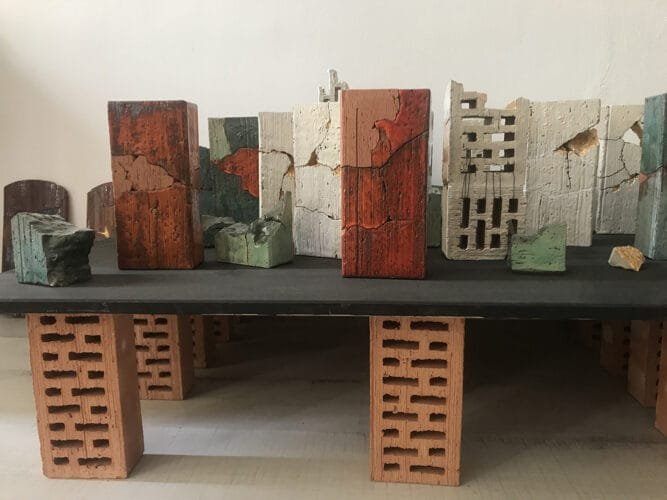

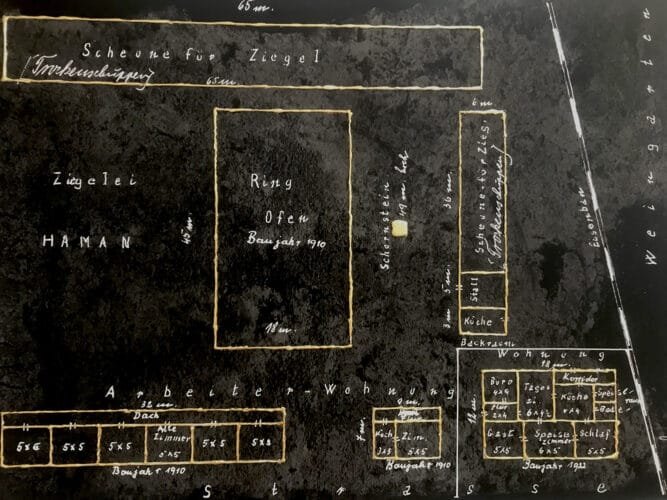


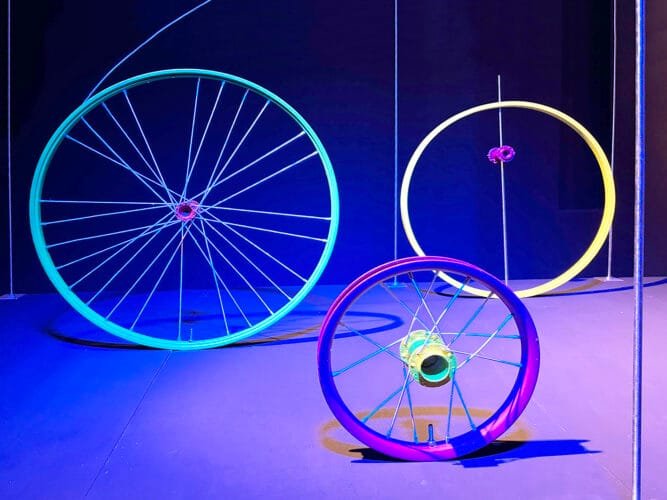

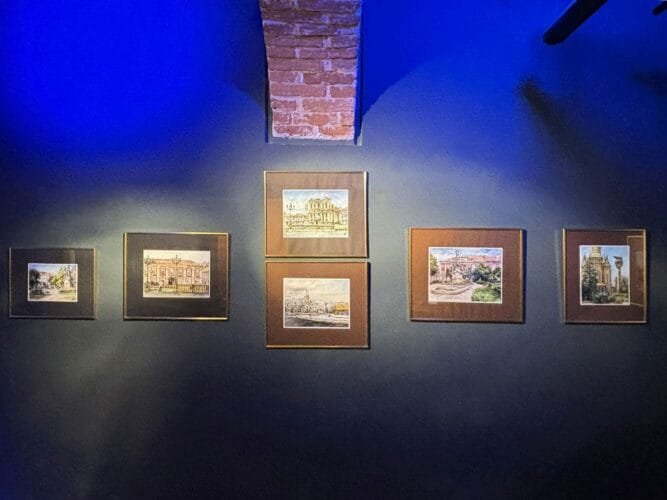
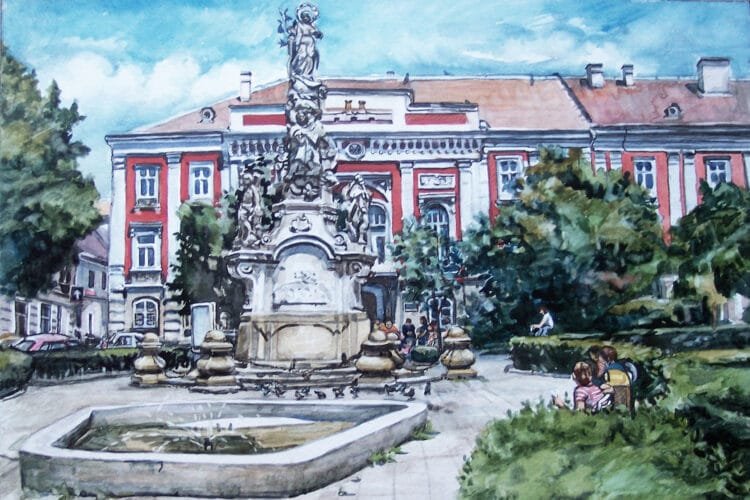
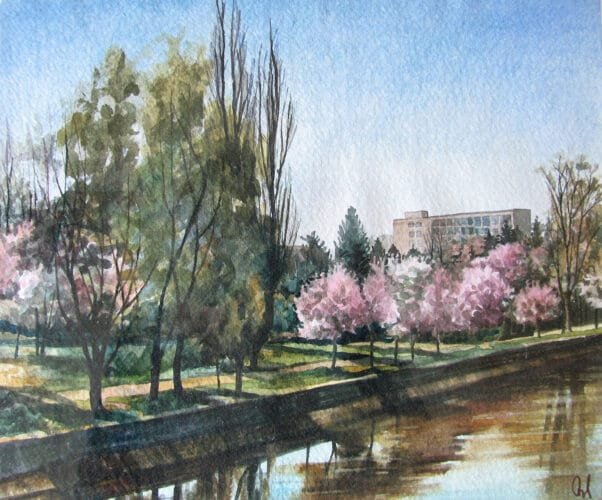


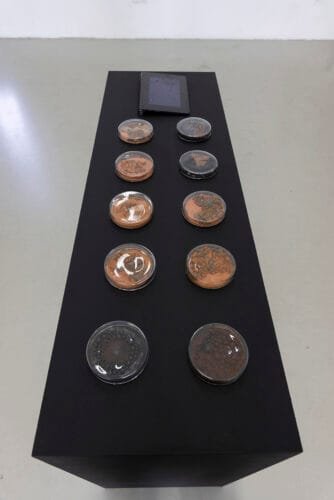
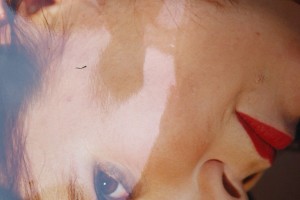
Comments are closed here.